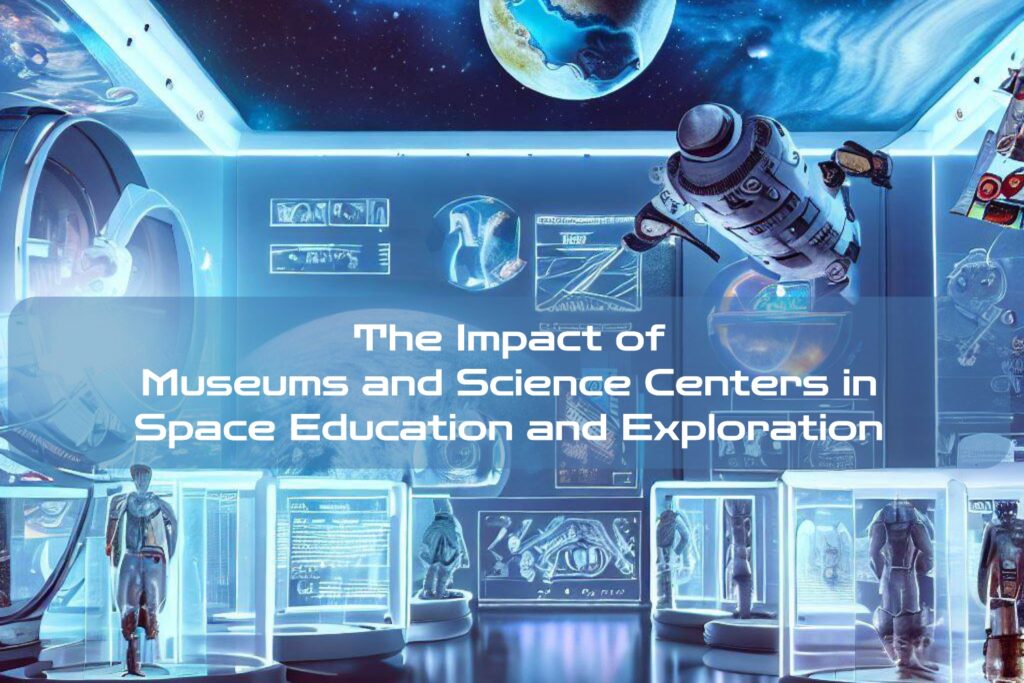Space exploration has long been a source of fascination for people around the world. From the first human landing on the moon in 1969 to the more recent launch of SpaceX’s Crew Dragon, space missions have captured our imaginations and inspired scientific advancements. However, space education and public outreach are not just about exploring new frontiers; they also play a critical role in inspiring future generations to pursue STEM fields.
Museums and science centers have emerged as important players in providing space education and public outreach programs that engage visitors of all ages with the wonders of space. These institutions offer an environment that allows visitors to explore, learn about, and interact with various aspects of space exploration through exhibits, events, and educational programs.
The Importance of Space Education and Public Outreach
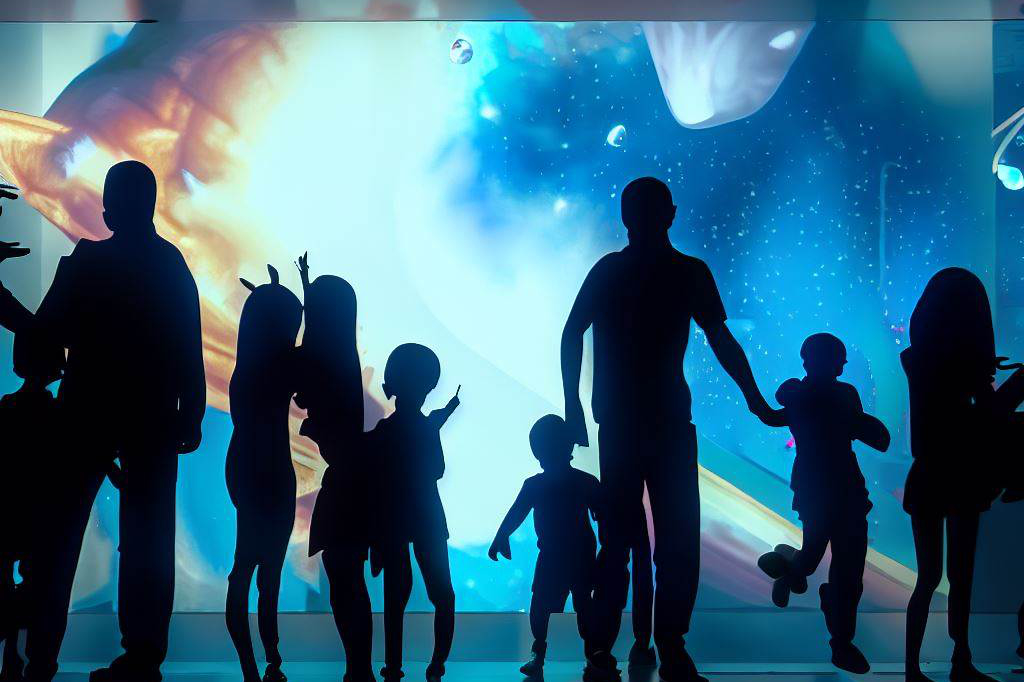
Space education is essential for creating a future generation of scientists and engineers who can advance our knowledge of space exploration. With improved technology, we have made significant progress, but there is still much more to be explored. That is why it’s crucial to develop an interest in science among young people so that they can contribute meaningfully when they become adults.
Public outreach is also integral, as it helps disseminate information about scientific discoveries made during various missions into space, such as new planets or moons discovered by NASA’s Kepler telescope. The broader public needs to understand what scientists are doing in order to appreciate its value.
The Role of Museums and Science Centers
Museums and science centers play a critical role in promoting space education by offering visitors interactive exhibits and events that inspire curiosity about outer-space exploration. They provide opportunities for hands-on learning experiences through displays like rocket models or full-size replicas of spacecraft, which allow visitors to get up close with objects used in actions carried out beyond the earth’s atmosphere. Science centers serve as hubs for scientific research related to space exploration.
They collaborate with NASA or other organizations to advance knowledge on different aspects of space. Through their programs, they help create a strong interest in space exploration and the scientific fields in general, which can inspire future scientists and engineers.
Museums as a platform for space education
Learning about space like never before
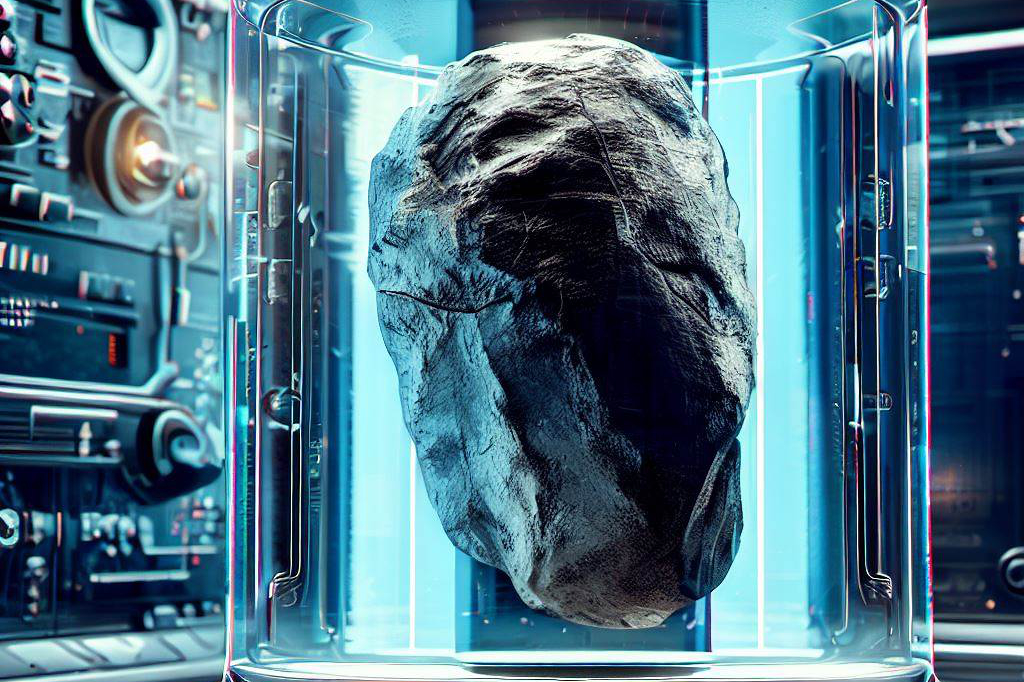
When it comes to space education, museums play a key role in providing visitors with a unique experience that they can’t get anywhere else. Unlike reading about space in books or watching documentaries from the comfort of your own home, museums offer an immersive and interactive environment that allows visitors to learn about space in a tangible way.
Museums have the ability to engage visitors of all ages and backgrounds through exhibits and displays that showcase everything from models of rockets and satellites to replicas of planets and moons.
In addition, many museums offer guided tours or educational programs led by experts who can provide deeper insights into various aspects of space exploration.
Engaging exhibits for unforgettable experiences
One of the greatest features that museums offer is their engaging exhibits, which are designed to bring visitors closer to the wonders of space. From simulating zero gravity conditions using virtual reality technology, to showcasing real lunar samples brought back during Apollo missions, museums use these exhibits as powerful tools for public engagement in science.
Visitors can often see full-scale models of spacecraft such as the Space Shuttle, Soyuz capsule or take part in simulations where they have the opportunity to put themselves in an astronaut’s shoes, even if just for a few minutes! Museums also use multimedia presentations like IMAX showings or giant screens, along with interactive displays that allow visitors to interact directly with scientific data.
The power of artifacts
Museums also house artifacts that tell fascinating stories about the history and evolution of human exploration beyond our atmosphere. From spacesuits worn by astronauts during past missions, to spacecraft parts used on critical missions throughout history – these artifacts are symbols that remind us how far we’ve come since humanity first started looking up at the stars.
Museums make learning about space fun, memorable, and accessible to everyone. They provide a unique, interactive environment where visitors can engage with exhibits and displays that bring the wonders of space to life, and inspire them to learn more about our universe.
Science centers as a hub for scientific research
Unlocking the mysteries of the universe through science centers
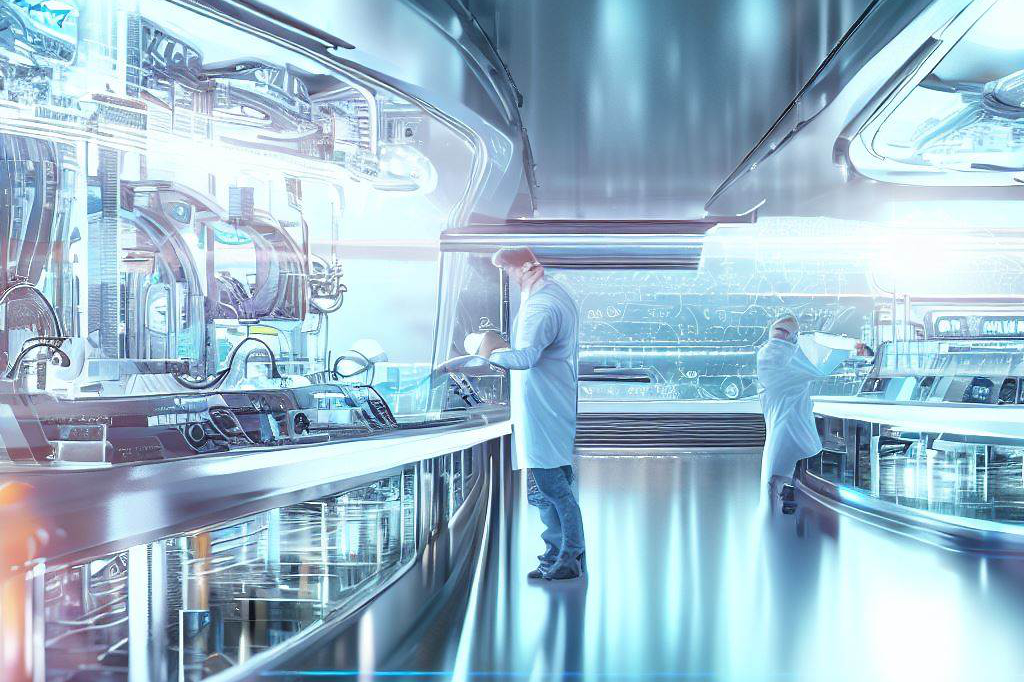
Science centers are not only a place for visitors to learn and explore, but they also serve as important hubs for scientific research related to space exploration. These centers provide researchers with access to state-of-the-art equipment, cutting-edge technology, and a network of experts in various fields. The research conducted at science centers has significantly contributed to our understanding of space and the universe.
For example, scientists at the Smithsonian National Air and Space Museum have made several groundbreaking discoveries related to black holes and dark matter. Similarly, researchers at the California Science Center have contributed to our knowledge of cosmic rays and their impact on space exploration.
Collaborating with NASA and other organizations
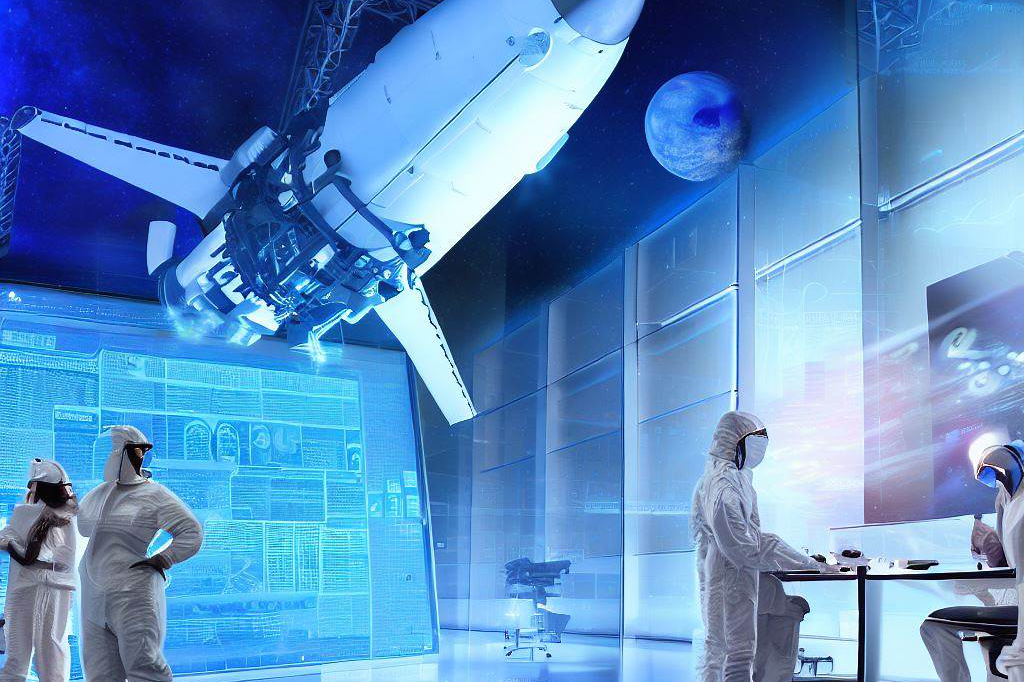
To advance knowledge on space exploration, science centers work closely with various organizations such as
etc. These partnerships allow for collaboration on projects that range from designing new spacecraft to testing new technologies. One notable example is the partnership between NASA and the Houston Museum of Natural Science.
Through this collaboration, researchers have access to samples collected during Apollo missions as well as training facilities used by astronauts. Additionally, visitors can experience simulated space missions through exhibits that showcase what it’s like to live and work in space.
The importance of continued investment in science centers
Investment in science centers is crucial for advancing our knowledge of space exploration. However, funding for these institutions can be limited due to budget constraints or a lack of public interest. Therefore, it’s important that governments invest more in these institutions so they can continue their vital role in promoting science education worldwide.
Furthermore, private donors play an essential role by providing direct support for long-term research projects or endowing scholarships aimed specifically at supporting space-related research. Together, these stakeholders can ensure that science centers continue to serve as hubs for scientific research related to space exploration, unlocking the mysteries of the universe for generations to come.
The impact of museum and science center programs on public outreach
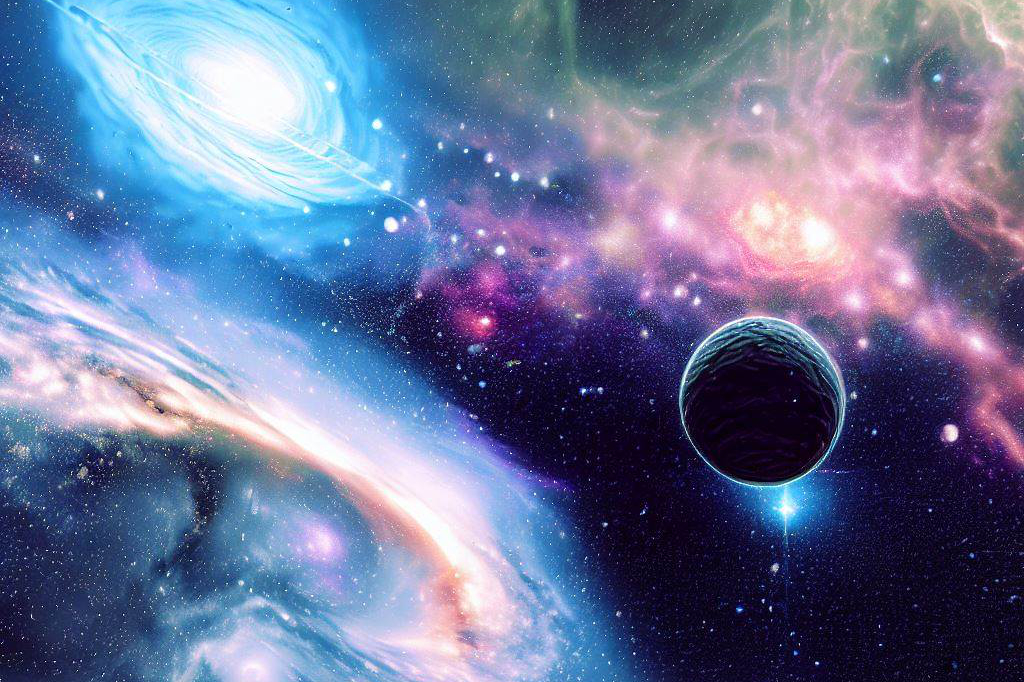
Museums and science centers have become the go-to places for anyone who wants to know more about space exploration. They offer a unique opportunity to learn about space in a fun and interactive way.
These institutions have been instrumental in increasing public interest in space exploration, making it accessible to all. Museum and science center programs play a vital role in promoting space education by offering visitors hands-on exhibits, lectures, and workshops that allow them to learn about the latest discoveries while having fun.
Visitors can explore replicas of spacecraft, touch meteorites, watch documentaries, or attend planetarium shows. All these activities help visitors understand complex concepts such as gravity, black holes or dark matter easily.
Successful programs that inspire people to pursue careers in STEM fields
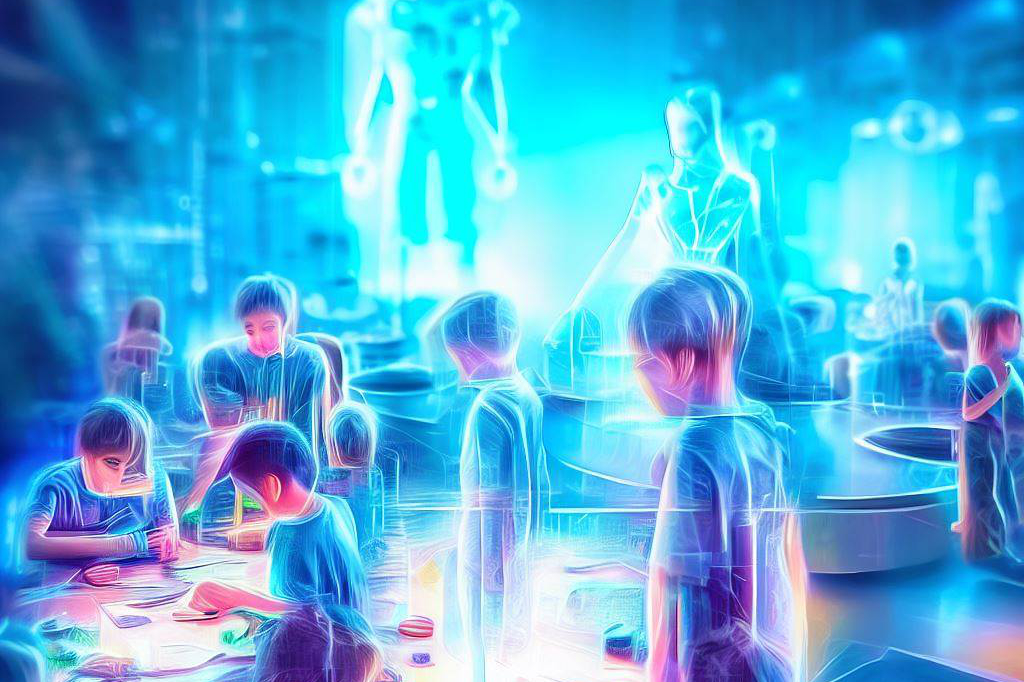
Many successful museum and science center programs have inspired people from different backgrounds to pursue careers in STEM fields related to space exploration. For instance, the National Air and Space Museum offers various educational programs such as Space Academy for high school students interested in aerospace careers or internships for college students who want hands-on experience working with researchers at the Smithsonian Astrophysical Observatory.
NASA’s Kennedy Space Center Visitor Complex has partnered with Delaware North Companies Parks & Resorts to create an educational program called Higher Orbits Go For Launch! This program brings together middle and high school students from across the country for a four-day event where they work collaboratively on experiment design competitions based on current research conducted aboard the International Space Station (ISS).
The program aims at inspiring young people towards becoming scientists or engineers by giving them an opportunity to experience firsthand what it’s like working on real-life projects related to NASA. The Challenger Learning Center is another successful program that offers K-12 students immersive simulations of missions related to space exploration.
These simulations allow students to work together as scientists, engineers or astronauts while learning important skills such as teamwork, problem-solving, and critical thinking. These programs have helped to break down the barriers that traditionally existed in STEM fields by providing new opportunities for underrepresented groups such as women and minorities to pursue careers in space exploration.
Museum and science center programs have had a significant impact on public outreach efforts in space education. These programs have inspired people of all ages and backgrounds to learn more about space exploration and STEM fields related to it. They offer unique opportunities for visitors to engage with real-life space missions, see actual spacecraft, conduct experiments, or participate in simulations.
Moreover, these institutions have played a key role in promoting diversity and inclusion by providing equal access to educational resources regardless of background or economic status. As we continue exploring new frontiers in space, museums and science centers will remain an essential part of our journey towards a better understanding of our universe.
The Struggles of Space Education

Museums and science centers play a significant role in promoting space education, but they face several challenges that hinder their efforts. One of the biggest obstacles is funding constraints.
Due to limited budgets, museums often struggle to keep up with the latest technologies and trends in space exploration. This can make it difficult for them to offer innovative exhibits and displays that capture visitors’ attention.
Another challenge is limited resources, including staff, volunteers, and physical space. Museums may not have enough personnel or volunteers to manage large crowds or execute complex educational programs.
Additionally, many science centers have limited floor space, which limits their ability to display large-scale exhibits or accommodate large groups of visitors. Despite these challenges, there are several solutions that museums and science centers have implemented to promote space education effectively.
One solution is to form partnerships with other organizations. For example, museums can partner with NASA or other government agencies to gain access to resources and expertise on space exploration.
Another solution is to use technology creatively. Museums can incorporate interactive displays or virtual reality experiences into their exhibits that engage visitors in ways that traditional displays cannot achieve.
Despite facing funding constraints and limited resources, museums and science centers continue their mission of promoting space education successfully. By leveraging partnerships with other organizations and utilizing technology creatively, these institutions will continue inspiring future generations of scientists and explorers who will push the boundaries of our understanding of the universe beyond our blue planet Earth!
Final Thoughts

Throughout this article, we delved into the important role that museums and science centers play in space education and public outreach. These institutions provide a unique environment for visitors to learn about space in an engaging and interactive manner through various exhibits, displays, and programs. Museums serve as a platform for space education by providing visitors with the opportunity to explore the vast universe through different types of exhibits.
Science centers help advance scientific research related to space exploration by collaborating with various organizations like NASA. The impact of museum and science center programs on public outreach is also substantial, as they have successfully encouraged people to pursue careers in STEM fields.
Despite the many successes associated with museums and science centers in promoting space education, these institutions face several challenges including funding constraints, limited resources, etc. It is crucial that we invest in these facilities so that they continue to inspire curiosity in people of all ages. Ongoing investment in museums and science centers is critical for promoting space education and public outreach.
By providing people with access to knowledge about space exploration, these institutions can engage visitors through interactive exhibits and inspire individuals to pursue careers in STEM fields. Let us work together towards increasing funding for such facilities so that they can continue to play a fundamental role in advancing human knowledge about the universe around us.
TL;DR…
– 🌌 Museums and science centers play a crucial role in space education and exploration.
– 🏛️ Museums serve as a platform for space education, providing unique learning experiences.
– 🚀 Engaging exhibits in museums create unforgettable experiences for visitors.
– 🏛️ Science centers serve as hubs for scientific research, unlocking the mysteries of the universe.
– 🌐 Collaboration with organizations like NASA is essential for space education.
– 💡 Continued investment in science centers is important for their impact on public outreach.
– 🔬 Successful programs in museums and science centers inspire STEM careers.
– 🌍 Space education faces its own challenges that need to be addressed.
– 💭 Final thoughts on the impact of museums and science centers in space education and exploration.

C M, a seasoned editor, journalist, and consultant, is deeply fascinated by the convergence of technology, space, and the future of humanity.
With a particular interest in transhumanity, futurology, and the philosophical and ethical dimensions of these domains, C M serves as the lead contributor to SpaceSpotlight and TranscendSphere.
When not penning insightful articles on these rapidly evolving fields, C M indulges in their love for podcasts and books, proudly embracing their status as a ‘Happy Nerd Extraordinaire!’
